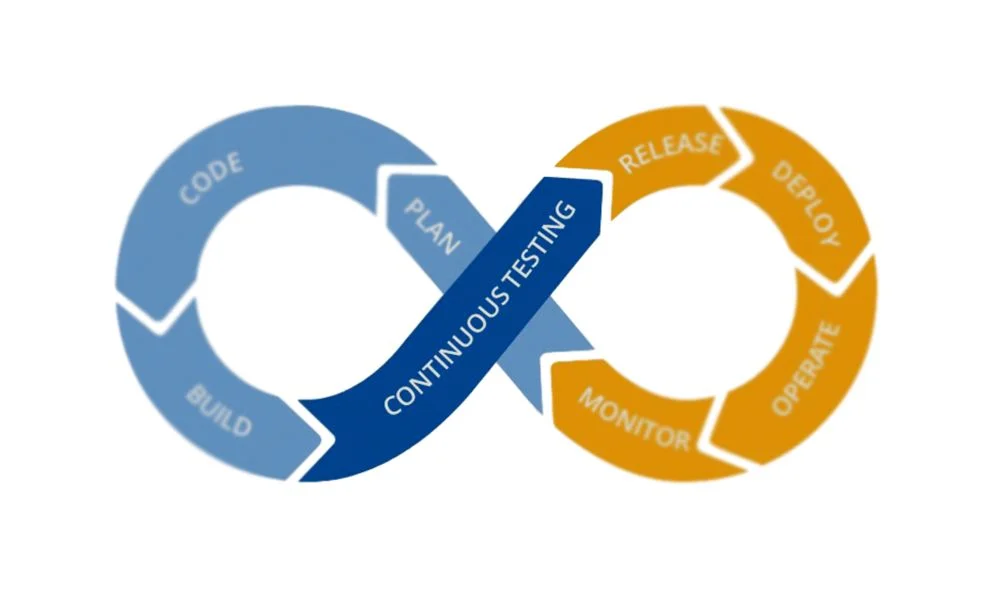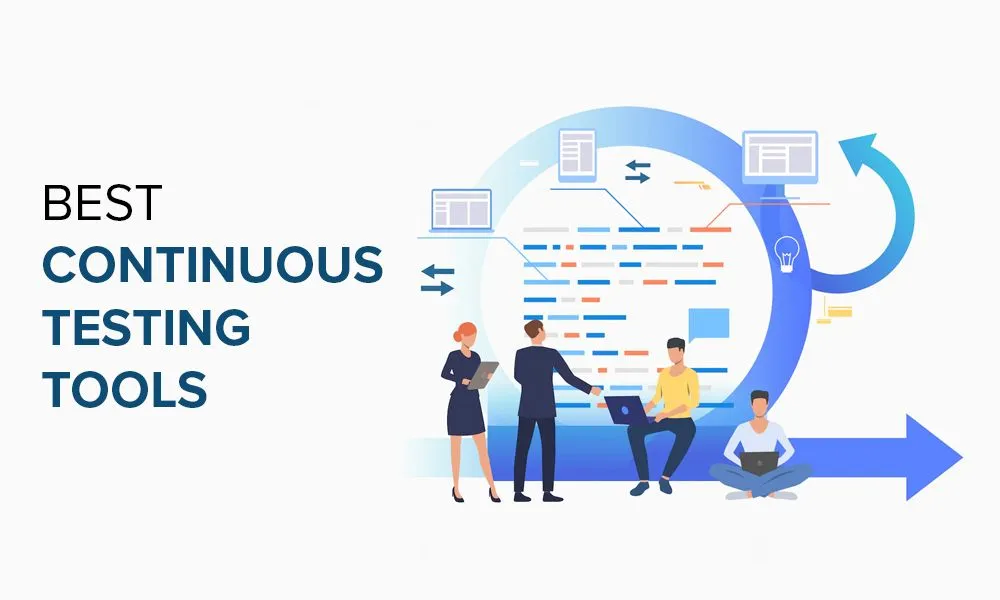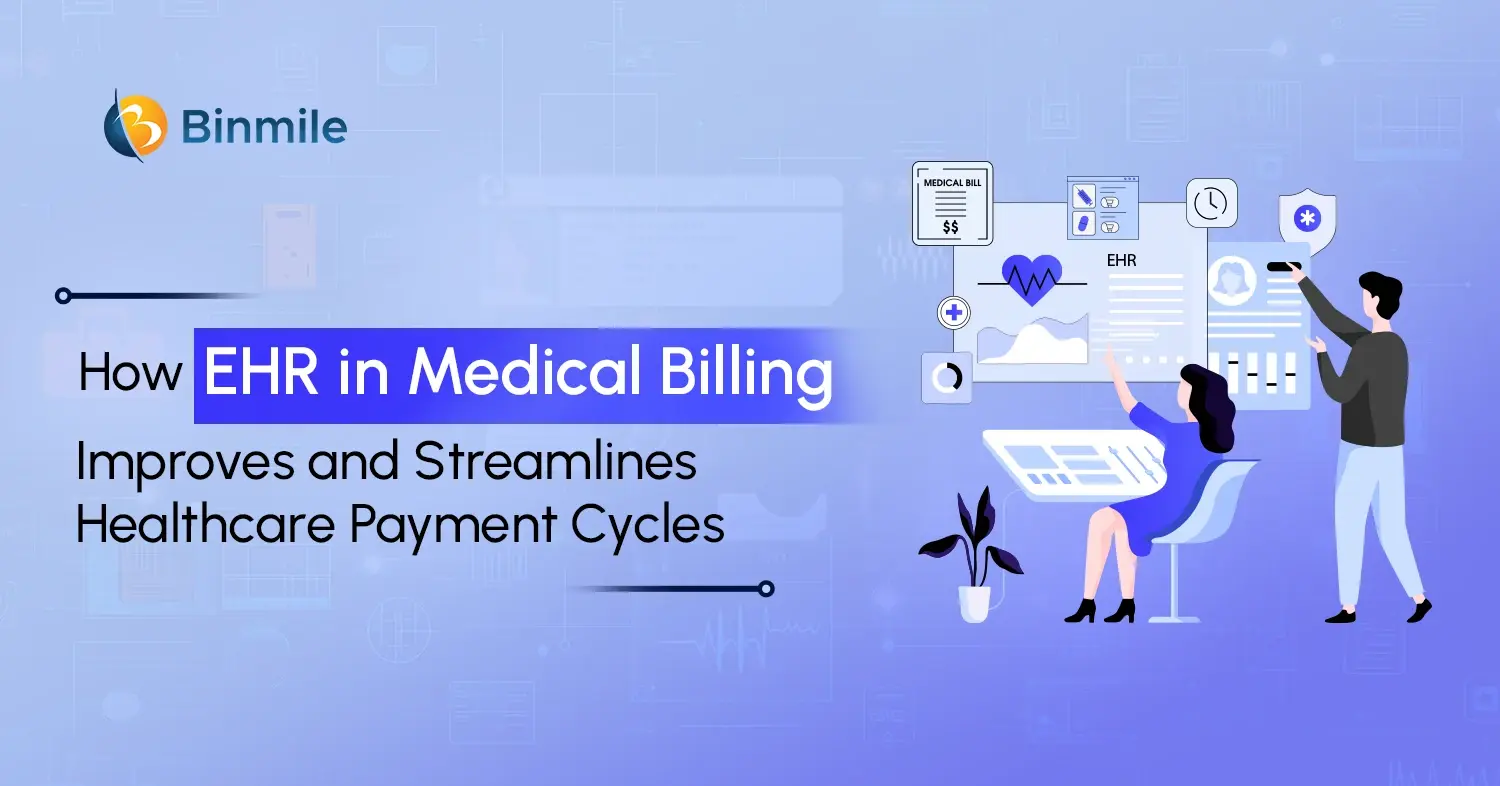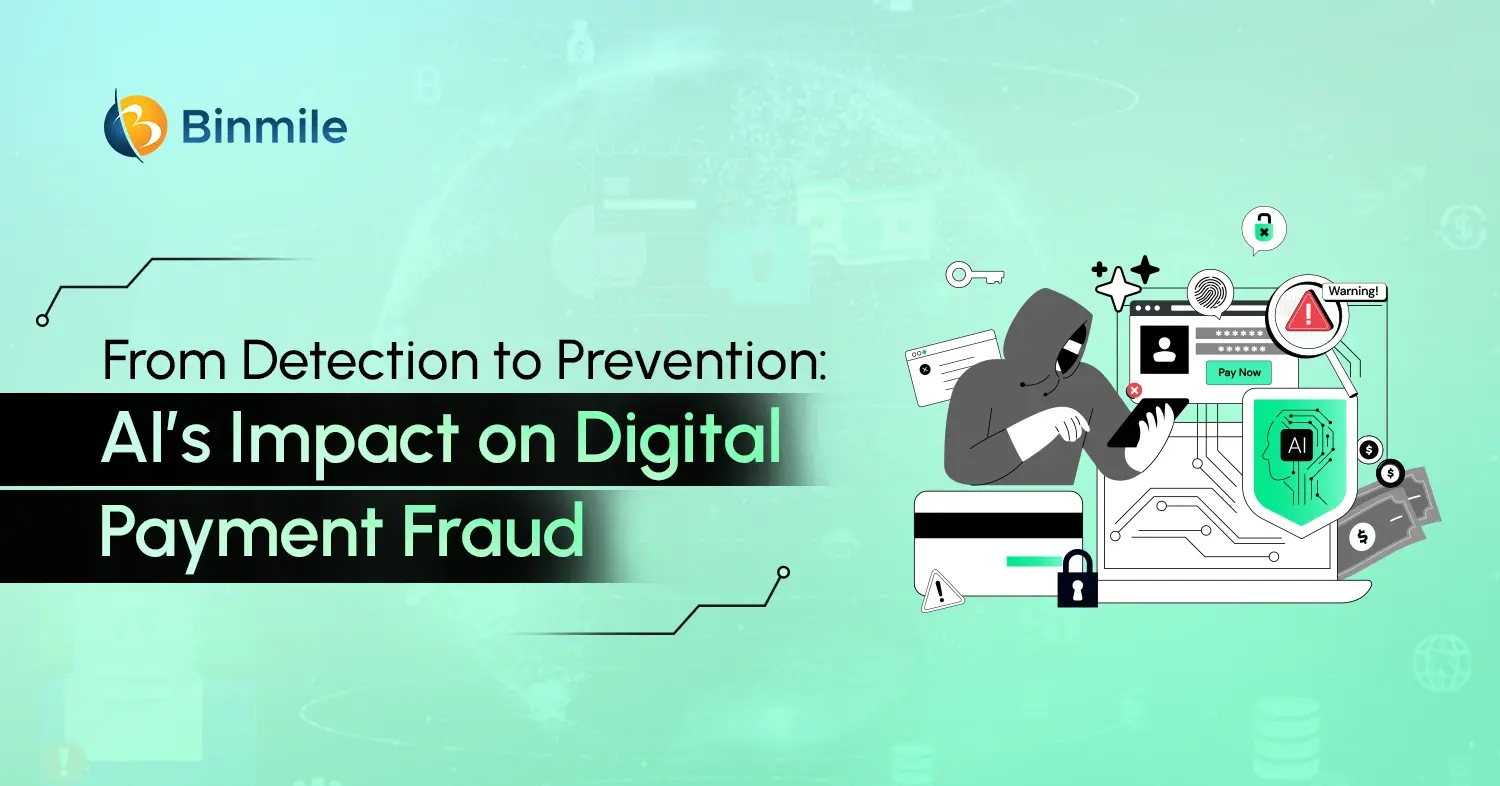With a compound growth rate of 18.95% per annum, DevOps is one of the most efficient approaches to handling complex business scenarios. Since change is life’s only constant, agility is the need of the hour. Most developers who work with DevOps have heard about continuous testing. The acceleration time of a product – from its conceptualization to production – depends on the method of continuous testing in DevOps.
It is necessary to have insight into DevOps and CI/CD before you learn about the importance of continuous testing. All of them have the same goal to deliver quality products that drive immediate responses. They allow businesses to be more flexible regarding the changes in the industry than before.

What is DevOps?
DevOps services is a set of tools and practices which help in the automation and integration of the methods between IT teams and app development. DevOps emphasizes cross-team collaboration and communication, technology automation, and team empowerment.
It started in 2007 when web development communities raised their concerns about the traditional app development model. The traditional model involved developers writing the code and operations deploying and supporting it. Combining the words- development, and operations, the term DevOps came to fruition. The term shows the integration of these two disciplines into a single one.
DevOps uses tools that help in the acceleration and automation process. A few important DevOps fundamentals are continuous integration, continuous delivery, collaboration, and automation. Take a look at a few DevOps tools below.
- Kubernetes
- Jenkins
- Ansible
- Docker
- AWS
- GitHub
What is CI/CD?
The term CI/CD is the acronym for continuous integration and continuous delivery. It is a pipeline with a series of tools that operate together for the delivery of high-quality applications at pace.
Complete automation of the pipeline occurs, which enables the possibility of the continuity of processes. For the creation of a CI/CD pipeline, it is a must that the implementation of automation tools take place. There are various sections of the CI/CD pipeline.
Continuous Integration (CI)
The first part of the pipeline is continuous integration automated testing. The software developers write code and then forward it to the code repository for submission. Immediately and continuously, integration occurs, and the code is pushed forward for building it.
Continuous Testing
In the CI/CD pipeline, continuous testing is a part of CI. After the code is built, automatic testing happens, and if there are any errors, a notification goes to the developers immediately.
Continuous Development
Continuous development is the combined name of continuous integration and continuous testing.
Continuous Delivery (CD)
After building and testing, the code is pushed to the front end for continuous delivery testing. In some cases, there is an automation process all the way ending with deployment. The CD becomes the short form for continuous deployment in such a case.
What is Continuous Testing?
There is stiff competition among software companies as all customers want the best software for their personal or business use. For this reason, the companies are utilizing continuous testing methods to make sure that their released software can take down the competition.
Automated testing as a service is the basis of continuous testing. This type of testing involves early evaluation of the software and continuous evaluation through the CD (continuous delivery) process. The automated tests ensure that the developer team gets notified about any risk that may arise during the software development process. The team members learn about their software and find out ways to improve its reliability and quality.
The detection of bugs before the completion of the development process helps to save time. There is also no need to write any unnecessary code which would add no value to the software.
Is Continuous Testing Different from Test Automation?
The table below lists some major differences between continuous testing and test automation.
| Parameter | Continuous Testing | Test Automation |
| Definition | It is a type of testing with a scope for continuous software development. | In this process, developers use a tool that assists them in the automation of tasks. |
| Purpose | Continuous testing process addresses any risk found immediately that helps in the improvement of the product quality. | When there is a set of repetitive tasks, the automation tool can execute them faster, making fewer mistakes. |
| History | It is a newer concept. | This is one of the oldest testing methods, going on for decades. |
| Time | There is a daily or weekly release of the software. | There is a monthly or yearly release of the software. |
| Prerequisite | Developers need to carry out test automation to implement continuous testing. | There is no need for the implementation of continuous testing for test automation. |
| Feedback | There is an instant need for feedback for each stage. | After the release of the software, regular feedback takes place. |

Continuous Testing Tools
Here is a brief list of the top continuous testing tools:
- Jenkins – Written in Java language, this is a continuous integration tool. Developers might use a GUI interface to configure this tool
- QuerySurge – For continuous data testing, QuerySurge is a tool that comes in handy. A few features include detailed data analytics, robust API, seamless integration into DevOps, and quick verification of large amounts of data
- Selenium – This open-source app testing tool supports top browsers such as Chrome, Firefox, and Safari. Automated web application testing is the job of Selenium
- Travis – Hosted on GitHub, Travis is another continuous testing tool. It provides proper documentation and a wide variety of languages
Benefits of Continuous Testing in DevOps
Listed below are some advantages of continuous testing.
- There is scope for improvement of code quality due to continuous testing
- DevOps process easily integrates continuous testing
- There is a lesser chance of business risks due to continuous evaluation
- Software delivery time is much faster compared to traditional testing
- A continuous feedback mechanism accelerates the time for the software to reach the market
- Instead of months, only a few hours are taken to build a reliable and agile process
- Assessment of exact risk coverage is easier
- It helps to earn the loyalty of customers
- Errors are found even before the release of software occurs
- Transparency of communication between the development and operations teams is an important highlight of continuous testing
Also Read: How to Achieve Continuous Delivery with Automated Testing
Challenges of Continuous Testing
Despite having so many benefits, the continuous testing process has a few challenges for the app development team.
- The team must ensure that the production environment matches the test environment. This will make sure that proper testing has taken place
- Integration of codes must be done on a regular basis so that there is no duplication of coding. It will also ensure there is no incompatible code
- The team must see that the test environments operate within the code repository base. This ensures seamless testing of new codes
- The full potential of continuous testing cannot be reached if traditional testing processes are not let go of
Final Words
In the modern, fast-paced world, everyone wants quick development of software to reach maximum customers. While continuous testing can come in handy in such scenarios, there are challenges to overcome as well. Developers must have a solid plan before they introduce continuous testing to their companies.
Binmile is a continuous testing services company that can assist developers in the CI/CD process. A CI/CD services company can help you achieve your DevOps goals faster. Without any hesitation, jump into our website today.









